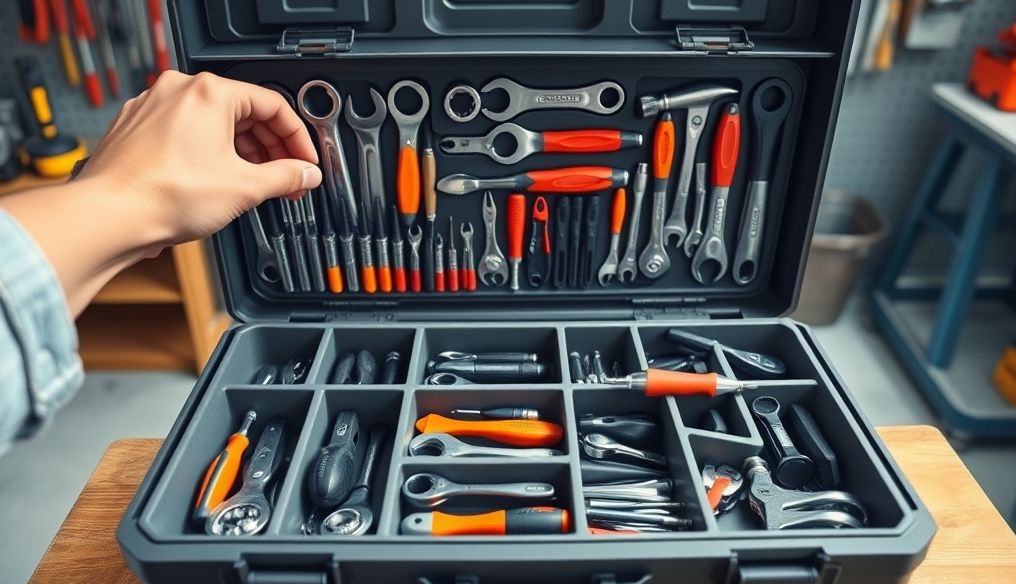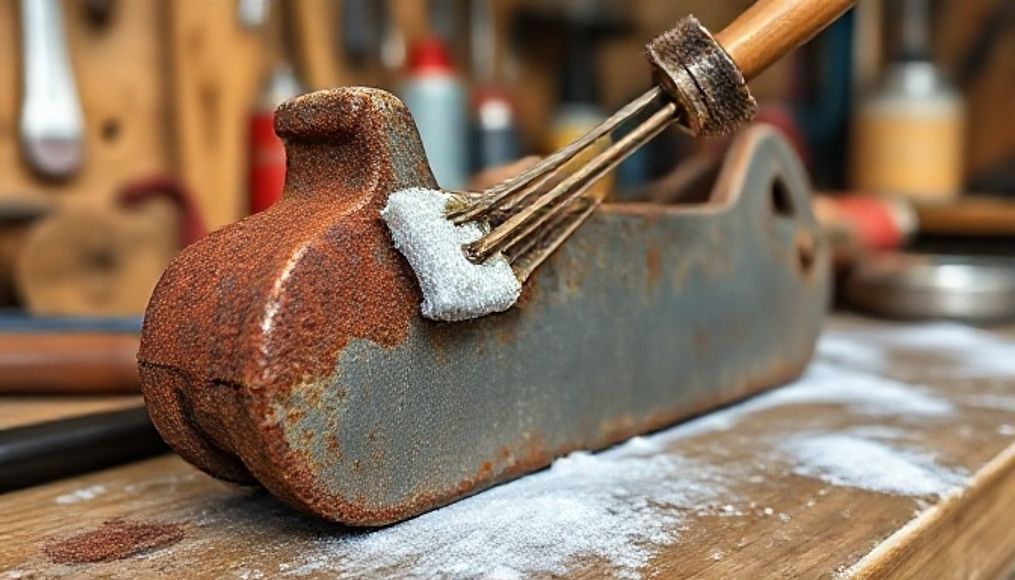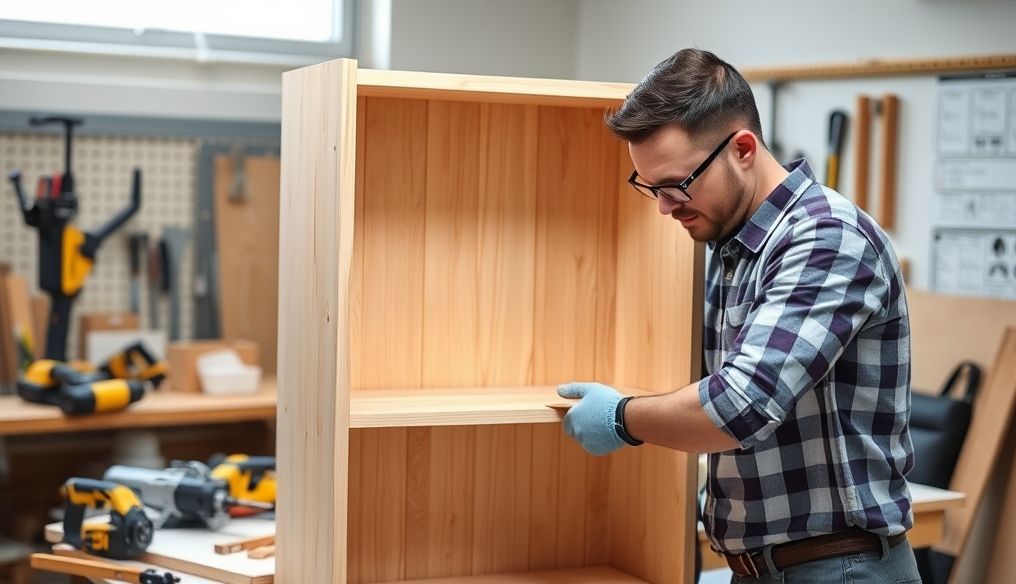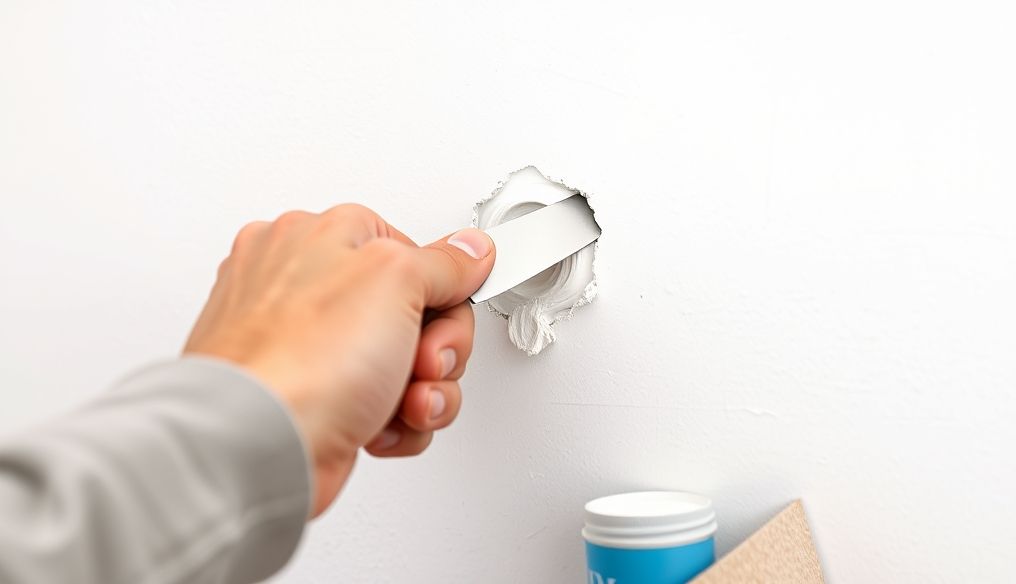Introduction: The Importance of Organizing a Toolbox
A toolbox is not just a container for tools, but an integrated system designed to facilitate quick and efficient access to the required tools. An organized toolbox reduces wasted time searching for tools, improves safety by preventing sharp tools from causing injuries, and increases productivity by providing an organized and comfortable work environment.
Chapter 1: Choosing the Right Toolbox
Types of Toolboxes
- Traditional Toolboxes: Simple metal or plastic boxes with a handle. Suitable for beginners or those with a small tool collection.
- Toolboxes with Drawers: Offer better organization for small and large tools, allowing easy access to tools at the bottom.
- Mobile Toolboxes (on Wheels): Ideal for professionals who need to transport a large collection of tools easily.
- Tool Bags: Lightweight and easy to carry, suitable for small or mobile tasks.
- Pegboards: Provide a clear view of the tools and easy access, but are not portable.
Criteria for Choosing a Toolbox
- Size and Capacity: Choose a box that can accommodate all your tools with extra space for future expansion.
- Durability: Look for a box made of strong materials that can withstand daily use and harsh conditions.
- Organization: Choose a box with dividers, drawers, and compartments to organize tools effectively.
- Portability: Make sure the box is comfortable to carry, especially if you need to move it frequently.
- Price: Compare different prices and features before making a purchase decision.
Chapter 2: Gathering and Cleaning Tools
Before you start organizing the toolbox, it is essential to gather all the tools and clean them. This helps identify the tools you really need and those that can be discarded or stored elsewhere.
Steps for Gathering Tools
- Empty all toolboxes and bags: Place all the tools on a flat, clean surface.
- Sort the tools: Separate the tools by type (screwdrivers, wrenches, pliers, etc.).
- Get rid of damaged or unused tools: Dispose of broken, rusty, or no longer used tools.
- Clean the tools: Use a damp cloth and cleaner to remove dirt and oil from the tools.
Chapter 3: Categorizing Tools
Categorizing tools is an essential step in organizing a toolbox. This helps determine the location of each tool and makes it easier to find.
Common Tool Categories
- Measuring Tools: Rulers, measuring tapes, squares.
- Cutting Tools: Saws, cutters, scissors.
- Fastening Tools: Screwdrivers, wrenches, pliers.
- Striking Tools: Hammers, chisels.
- Drilling Tools: Drills, drill bits.
- Safety Tools: Safety glasses, gloves, masks.
- Consumables: Nails, screws, nuts, wires.
Chapter 4: Using Dividers and Internal Organizers
Dividers and internal organizers are essential tools for organizing a toolbox. These tools help separate different tools and prevent them from moving and causing clutter.
Types of Dividers and Internal Organizers
- Adjustable Dividers: Allow customizing the size of the compartments to fit different tools.
- Removable Trays: Provide extra storage space for small tools and consumables.
- Tool Holders: Secure tools in place and prevent them from rolling around.
- Small Boxes: Ideal for storing nails, screws, and nuts.
Tips for Using Dividers and Internal Organizers
- Use dividers to create separate compartments for each category of tools.
- Place the most frequently used tools within easy reach.
- Use removable trays to store small tools and consumables.
- Use tool holders to secure tools and prevent them from rolling around.
- Use small boxes to store nails, screws, and nuts.
Chapter 5: Arranging Tools by Frequency
Arranging tools by frequency is an effective way to organize a toolbox. Place the tools you use frequently within easy reach, and the tools you use less frequently in a more remote location.
Tips for Arranging Tools by Frequency
- Place the most frequently used tools at the top of the box or in the top drawers.
- Place the least frequently used tools at the bottom of the box or in the bottom drawers.
- Keep tools specific to ongoing projects in a separate location.
Chapter 6: Color-Coding Tools
Color-coding tools is a great way to identify tools quickly and easily. Use different colors to represent different categories of tools.
Methods for Color-Coding Tools
- Use colored tape to mark the handles of tools.
- Use colored nail polish to mark the heads of screwdrivers.
- Use colored labels to mark drawers and compartments.
Chapter 7: Toolbox Maintenance
The toolbox needs regular maintenance to keep it tidy and organized. Clean the box regularly and inspect the tools for any damage.
Tips for Toolbox Maintenance
- Clean the box regularly using a damp cloth and cleaner.
- Inspect the tools for any damage or rust.
- Replace damaged or rusty tools.
- Rearrange the tools after each use.
Chapter 8: Additional Tips for Organizing a Toolbox
- Use a magnet to secure small metal tools.
- Use cable ties to bundle wires and cables.
- Keep an inventory list of the tools in the box.
- Update the toolbox regularly by adding new tools or replacing old tools.
Conclusion
Organizing the toolbox is an investment in your efficiency and safety. By following these tips, you can create an organized and effective toolbox that helps you accomplish tasks quickly and easily.




